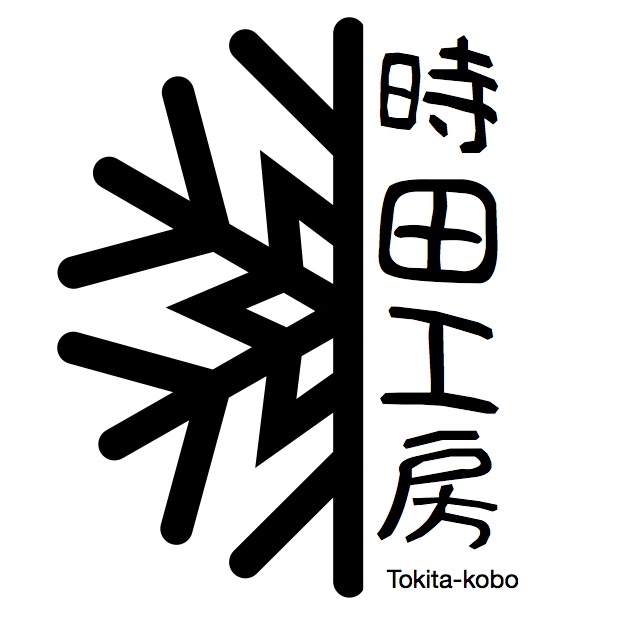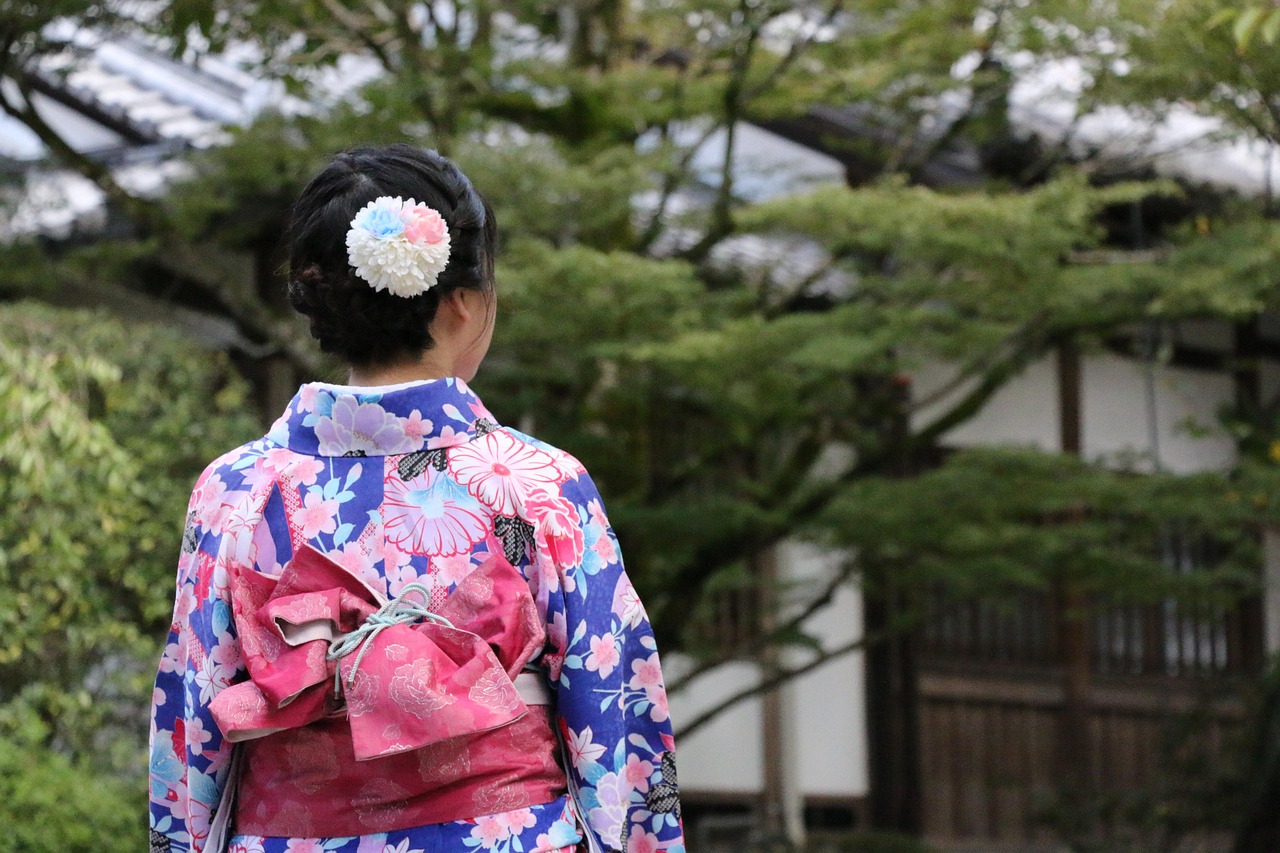When people think of a kimono, they often imagine an elegant, flowing garment with multiple layers. But why does traditional Japanese clothing involve so many layers? The answer lies in a blend of history, functionality, and aesthetics that have shaped kimono culture over centuries.
1. Historical Roots: A Symbol of Status and Sophistication

The tradition of layering kimono dates back to the Heian period (794–1185), when aristocrats wore jūnihitoe (十二単), a twelve-layered kimono ensemble. Each layer represented status, refinement, and elegance. The colors and fabric combinations were carefully selected to reflect seasonal beauty and personal taste.
Even after the Heian period, multiple layers continued to be a symbol of wealth and social rank. High-ranking individuals often wore more layers, while commoners kept it simpler.
2. Aesthetic Beauty: Layering for Color and Elegance

Kimono layers are not just practical—they are also a form of artistic expression. The way different fabrics and colors peek through layers adds depth and elegance to the outfit.
For example, in formal kimono (such as furisode or uchikake), inner layers often feature contrasting or complementary colors, creating a stunning visual effect when the sleeves or collar slightly reveal the inner fabric. This layering technique enhances the overall beauty of the kimono.
3. Hidden Functionality: Modesty and Protection

Layers in kimono serve a practical purpose as well.
✔️ Modesty: Traditional Japanese clothing emphasizes a graceful, covered look. Layers help maintain modesty, especially for formal wear.
✔️ Protection: Layers prevent sweat and body oils from staining the outer kimono, which can be expensive and delicate. Instead, the innermost layer, called nagajuban (長襦袢), absorbs sweat and can be washed separately.
✔️ Ease of Movement: Despite the multiple layers, kimono design allows for movement, and skilled wearers can adjust their layers for comfort.
4. Essential Items for Wearing a Kimono

Wearing a kimono requires several key garments and accessories, each with its own function.
Basic Items:
- Kimono (着物): The main garment itself.
- Obi (帯): The sash that secures the kimono.
- Nagajuban (長襦袢): An undergarment worn beneath the kimono to keep it clean.
- Hadagi (肌襦袢): An inner garment worn under the nagajuban.
- Susoyoke (裾よけ): A slip worn under the hadagi.
Kimono Dressing Accessories:
- Koshihimo (腰紐): A thin sash used to prevent the kimono from slipping.
- Obiage (帯揚げ): A decorative scarf that helps secure the obi.
- Obijime (帯締め): A decorative cord used to hold the obi in place.
- Obimakura (帯枕): A cushion placed behind the obi to give it shape.
- Haneri (半衿): A decorative collar attached to the nagajuban.
- Erishin (衿芯): A stiff liner inserted into the collar to keep its shape.
- Padding Towels or Shaping Pads (補正用タオル): Used to create a smooth body line for a better kimono fit.
- Tabi (足袋): Traditional split-toe socks worn with kimono.
Other Accessories:
- Date-eri (伊達衿): A decorative collar layer.
- Korin Belt (着物ベルト): A kimono dressing belt that helps keep everything in place.
- Shigoki (志古貴): A long sash wrapped under the obi, mainly for decoration.
The tradition of layering in kimono is a beautiful reflection of Japanese history, aesthetics, and practicality. From the elegance of Heian court fashion to the adaptability of modern kimono, layers continue to play an important role in Japanese clothing.
Whether for fashion, function, or formality, each layer tells a story, connecting the past with the present in an exquisite display of craftsmanship.

